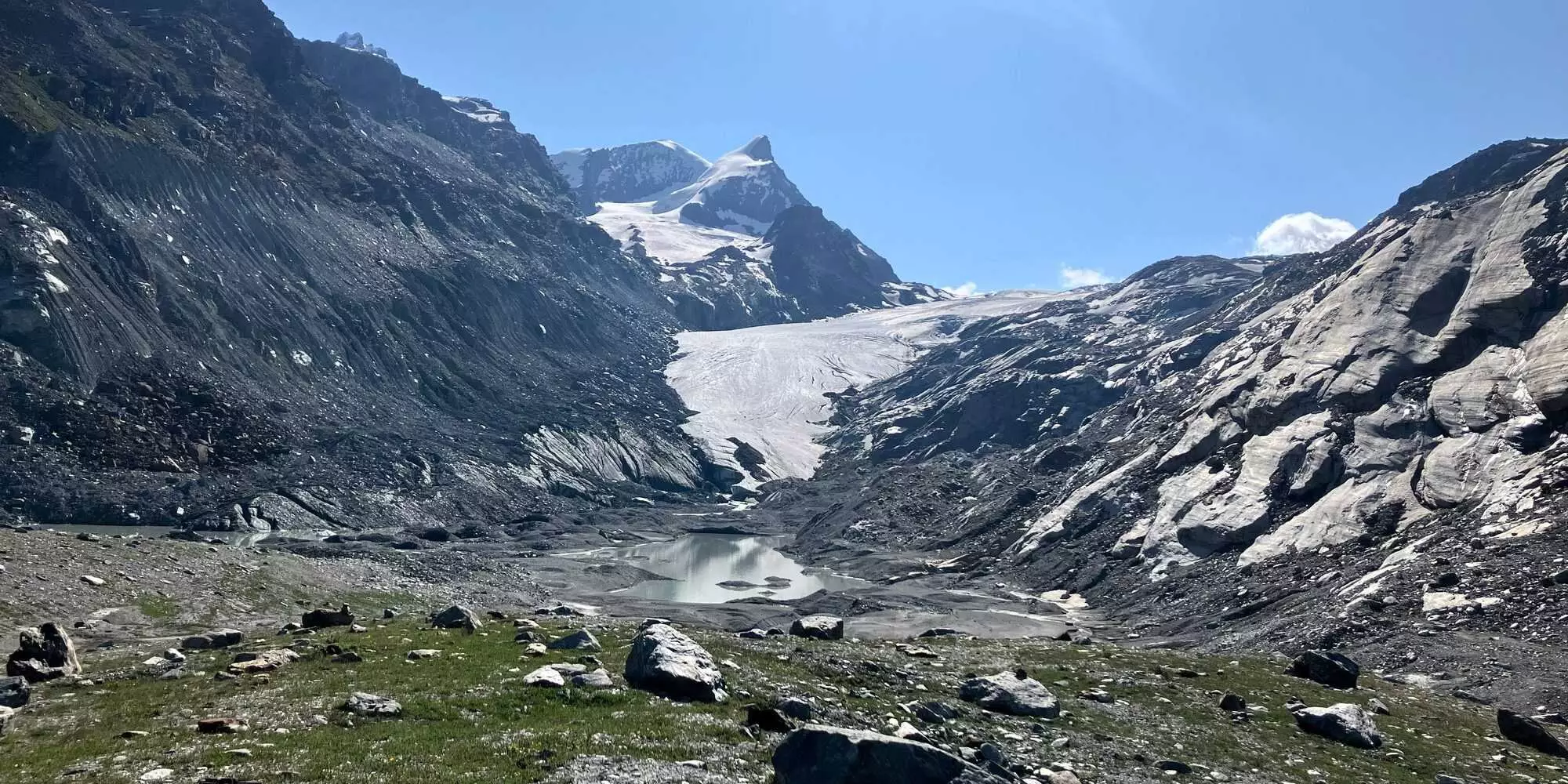Mountains have long been heralded as the “water towers” of our planet, providing crucial freshwater resources to ecosystems and human populations alike. However, recent insights from an international coalition of mountain hydrology experts suggest that our understanding of the water cycle in these regions is fundamentally incomplete. The traditional models have overlooked a vital component: the interactions between the cryosphere—encompassing glaciers and snow—and groundwater systems. This oversight poses significant implications for water management strategies, particularly in light of the ongoing climate crisis.
The Role of Meltwater in Water Availability
The melting of snow and glaciers is commonly viewed as a primary contributor to the water supply in mountain regions, particularly during warmer, drier months. Yet, the process of how this meltwater transitions into either surface waters or groundwater remains poorly understood. Marit van Tiel, a Postdoctoral researcher at ETH Zurich and the lead author of a recent Perspective Paper in *Nature Water*, emphasizes this gap in knowledge. The crux of the issue lies in the partitioning of meltwater: while some of it directly flows into rivers, a significant portion infiltrates the soil, recharging groundwater supplies hidden from view. Understanding this intricate relationship is imperative for predicting changes in water availability as the climate continues to evolve.
The Challenge of Measurement in Isolated Regions
Measuring groundwater in remote mountainous terrains is fraught with difficulties. Traditional methods of gauging water quality and availability falter in these settings, prompting researchers to devise alternative, often localized methods. These site-specific approaches, while innovative, hinder the ability to draw comparisons across different studies and regions. This makes the synthesis of existing research even more critical, as scientists strive to fill the gaps in our understanding of how meltwater interacts with groundwater systems. The disparity in estimates concerning meltwater contributions highlights a pressing need for comprehensive methodologies that can transcend regional boundaries.
Spatiotemporal Connectivity: A Key to Sustainable Management
Understanding the scales at which meltwater and groundwater interact, both spatially and temporally, will unlock new avenues for sustainable water management. Insights into how and when meltwater travels to recharge groundwater can illuminate the dynamics of water flow through mountain ecosystems. This knowledge has real-world implications: it determines where meltwater resurfaces as springs, discharges into surface water, or becomes available for extraction in lower elevations. As climate change exacerbates the challenges faced by mountain communities—accelerating glacier retreat and altering precipitation patterns—grasping these connectivity patterns becomes even more urgent.
The Interdisciplinary Call to Action
The multidisciplinary group of authors involved in this research calls for a more integrated approach to studying mountain water cycles that combines cryosphere science, hydrogeology, mountain hydrology, and climate modeling. The complexities of glacier melt and groundwater relationships cannot be unraveled in isolation; they demand cooperative research frameworks that pull from various fields of expertise. Only through such collaborative efforts can we begin to quantify and understand the myriad processes at play.
Anticipating the Future of Mountain Water Supplies
With global warming dramatically impacting mountain environments, leading to accelerated glacier loss and altered snowpack dynamics, the urgency of understanding cryosphere-groundwater connections cannot be overstated. This area of study not only enhances our scientific knowledge but also bears profound implications for water security in downstream regions heavily reliant on mountain runoff. Ignoring these connections would be a grave error that compromises our ability to anticipate and adapt to changing water availability in a warming world.
By diving deeper into these intricate interactions, we lay the groundwork for more resilient water management strategies, ensuring that mountain regions can continue to serve their vital role as water towers for the planet.


Leave a Reply